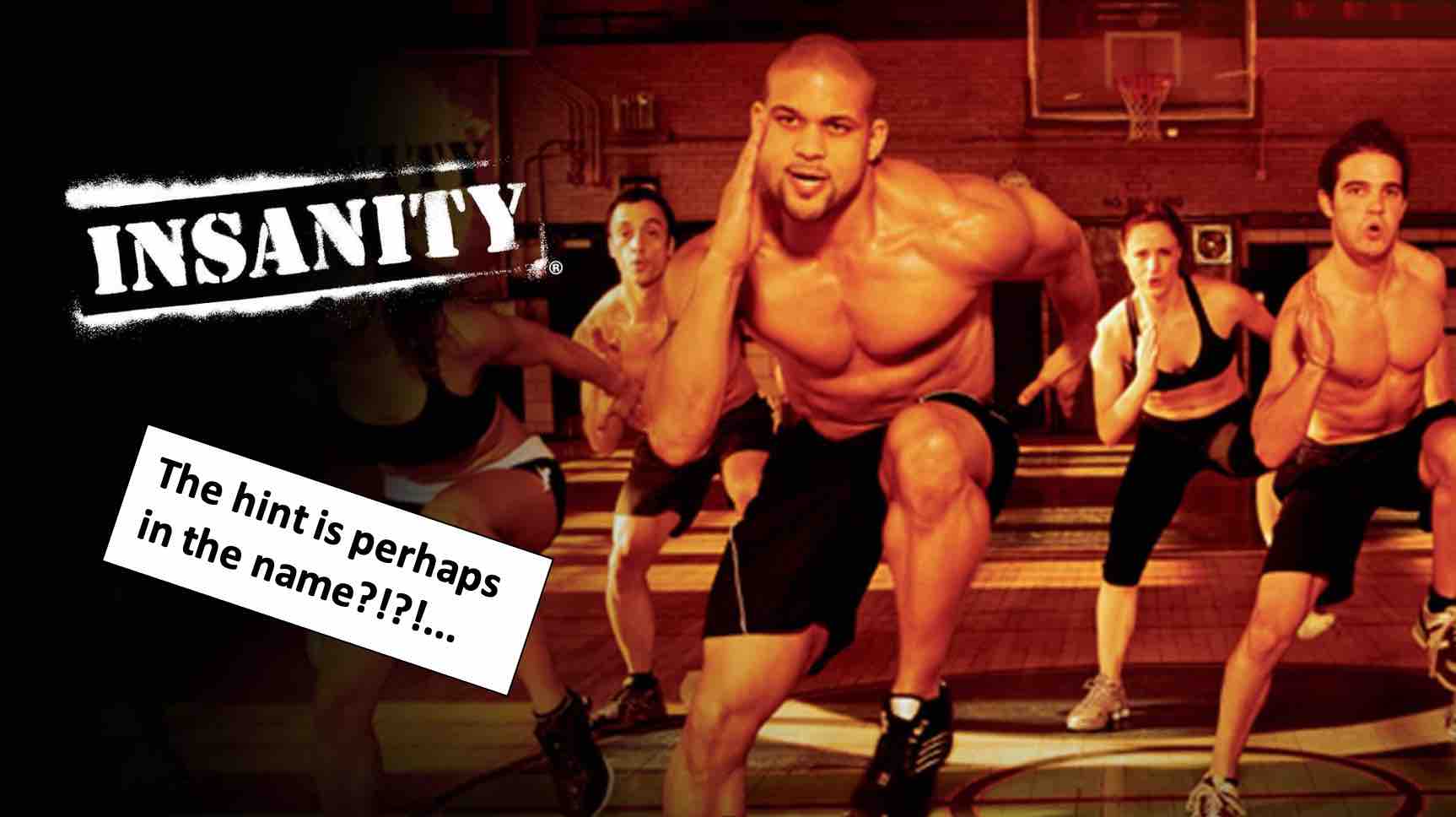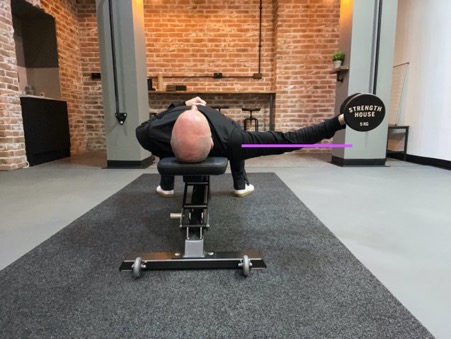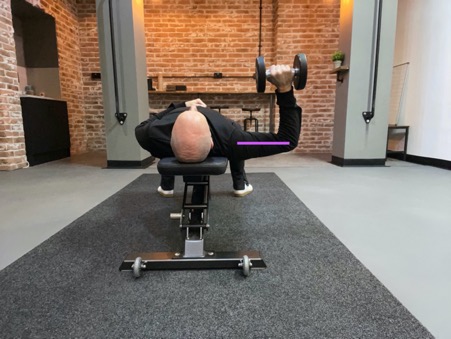The importance of resistance training. Mr Paul Argent.
Foreword
Mr Ian McDermott
Consultant Knee Surgeon
You hear various catchy and convincing slogans when it comes to exercise and rehab, such as:
‘no pain, no gain!’
and
‘use it or lose it!’
Importantly, some of these can be more right than others, and some can actually be just plain wrong, depending on the individuals involved and the specific circumstances…
Generally, when it comes to cardio fitness and strength training, ‘no pain, no gain’ certainly has its place: however, not at the expense of causing injury, with potentially long-term or even permanent consequences. Importantly, however, when it comes to joints, pain in a joint is your body’s way of saying ‘STOP! Don’t do this!’.

The first thing to question if you feel pain in a joint is what is actually causing the pain: i.e. you need a diagnosis. If you have any kind of ‘anatomical’ or ‘structural’ damage in a joint, or if there is ‘wear and tear’ / degeneration / arthritis, then continuing to unduly load a damaged joint in a way that hurts is only ever likely to make the damage worse, even quicker, and hence aggravate the things even further.
When it comes to knee pain:
A) ‘listen’ to your knee, and simply adapt and avoid anything that hurts and that aggravates the joint,
B) go and see a suitably qualified medical/healthcare expert who can give you a specific diagnosis of what the actual cause of the pain might specifically be, but then, importantly,
C) try not to let your pain stop you from continuing with at least some form of appropriate exercise, because ‘use it or lose it’ is completely true, and it’s scary just how quickly muscle wasting can occur after an injury or with extended rest and inactivity.
Also, with appropriate supervised rehab many musculoskeletal issues may actually improve or even settle with time (others, sadly, won’t). Furthermore, even if you do end up needing knee surgery, then the stronger and fitter you are beforehand, the better you’ll be able to cope with the surgery itself and with the post-op rehab that will be afterwards, and hence the better your final outcome will be likely to be.
So, exercise is terribly important! – But you’ve got to do the right type of exercise, with the right specific exercises in the right way, that’s effective for you as an individual but that’s also safe.

In my role as a Knee Surgeon, I rely heavily on a broad community of allied healthcare professionals and therapists who are an essential component of patients being able to receive first-class care and achieve the best possible outcomes.
Below are some words of genuine wisdom from Mr Paul Argent, Injury Rehab / Resistance Training Specialist from Human Movement. I am lucky enough to have Paul’s expertise available to me and my patients in Central London, and we have shared a number of patients together over the years. I have received nothing but highly positive feedback for Paul’s approach and the care and attention that he gives his patients in assisting them achieve the best outcomes for them, as an individual, tailored to their particular circumstances, issues and needs.
In this blog, Paul discusses the importance of resistance training, with an emphasis on ensuring a safe approach that achieves progress but without unnecessary harm: ‘Gain, working around pain!’ …..
How to use resistance training to improve stiff and painful joints.
Mr Paul Argent
Injury Rehab / Resistance Training Specialist
Human Movement
If you’re currently suffering with a stiff and painful joint, resistance training might be the last thing you would think could help.
It’s certainly true that certain exercises might not be appropriate, but if it’s undertaken with care, resistance training can have a significant beneficial effect.
In this post we’ll look at some considerations that will hopefully help you have a positive experience rather than a negative one.
Train within your active pain-free range of motion.
When we experience pain from a joint, our natural reaction is to avoid loading it. This is understandable, but it may lead to further issues in the long-term, as the muscles that move the joint will become weaker.
A safe and effective approach is to first see how much active pain-free motion you have available at the joint.

If, for example, your knee only hurts when you bend it past 90 degrees, that gives you 85 degrees of motion you can safely train in without causing issues.
The pain might also be specific to one direction, only occurring when you straighten the knee for instance. If that’s the case, then strengthening the muscles that bend the knee may provide a benefit without any risk of causing pain.
Resistance training also gives you the opportunity to train movements in relative isolation. This enables you to strengthen other areas of your body, which can also have a positive influence.
For example, your knee sits between two areas that have the potential to affect how it functions: your hip and your foot and ankle. Making improvements in both areas will give your body more options when performing everyday tasks like walking and climbing stairs. This might also improve your ability to tolerate more activity.
Do you even have to move?
When we think about exercise, we usually think of movement, but you don’t have to move to create a stimulus to your muscles.
Isometrics, which involve muscle contractions without movement of the associated joints, are useful when joints are particularly reactive to motion.
If, for example, you have difficulty finding a range of motion where your knee doesn’t hurt, try contracting your thigh muscles without moving the joint at all.
This can done on a leg extension machine in the gym, or if you’re currently training at home, by simply sitting in a kitchen chair and gently pushing your feet down into the ground and away from you. Wear trainers to prevent your feet slipping.
Reduce adverse joint forces, increase muscle stimulation.
The goal of any resistance training exercise should be to create the most stimulation to the target muscles whilst reducing the risk of any adverse forces to the joint.
This is certainly true if there are already joint issues present.
There are some exercises that create more of these adverse forces than others and are therefore best avoided if you have pain in a particular joint.
The dumbbell chest fly is a good example if you have shoulder pain.
Here’s why.
The forces your joints have to tolerate are not just a result of the weight you select for an exercise. In fact, this is only half the equation. The other half is influenced by something called the ‘moment arm’. Whilst you might not recall your physics classes from school, your nervous system is very much aware of this effect.
When you carry a shopping bag for example, do you hold it at your side or out in front of you? The former, right?
You instinctively know that the shopping will be easier to carry held by your side rather than at arms-length.
The shopping bag doesn’t change in weight, but the moment arm to your shoulder goes from zero to very large when it’s held out in front of you.
This increase in the moment arm also has an influence on the forces your shoulder joint has to tolerate.
Likewise, the dumbbell chest fly produces a very large moment arm to the shoulder and creates a shearing force at the glenohumeral joint of the shoulder, which it’s not well suited to tolerate.

Reducing the moment arm by bending your elbow and performing a pressing type motion will be kinder to the joint and will still provide a stimulus to the target muscles.

This same principle applies to every exercise you perform.
By moving the point where the resistance is applied closer to the joint, you will reduce the risk of any adverse joint forces causing irritation.
Speed
Have you ever had to push a car? If not, you’ve probably never owned a Talbot. This was the make of my first car and made me somewhat of a car-pushing expert.
What’s noticeable is that cars are very difficult to get moving, but once they build up some momentum they keep rolling.
This effect is called inertia, and can summarised as an object’s resistance to change. The heavier the object and the faster it’s moving, the greater its inertia.
This is important in resistance training because the faster a weight moves, the more force you need to produce to change its direction. This also leads to large increases in force at the joints involved.
To protect yourself from this effect, move the weight slowly, with control. Pay particular attention as you approach the end ranges of the joint, taking care to slow down further still.
Summary.
Resistance training will have a positive impact on your function and may even improve your symptoms if you apply it correctly. Use the following guidelines to help ensure you have a positive experience.
- Explore what active pain-free motion you have available at the joint and only move through that motion when you exercise.
- If you can’t find a pain-free path of motion, experiment with low-intensity isometrics to stimulate the muscles without actually moving the joint.
- Apply the resistance as close to the joint as possible to minimise any adverse joint forces
- Move slowly and make sure you are always in control of the weight, especially as you reach the end-ranges of the joint.
- Train every joint with the same care, not just the one that hurts.

Mr Paul Argent
BSc (Hons) MATs RTS
Human Movement
40 Liverpool Street
London
EC2M 7QN
T: +44 020 7183 1164
E: paul@human-movement.com
W: www.human-movement.com
